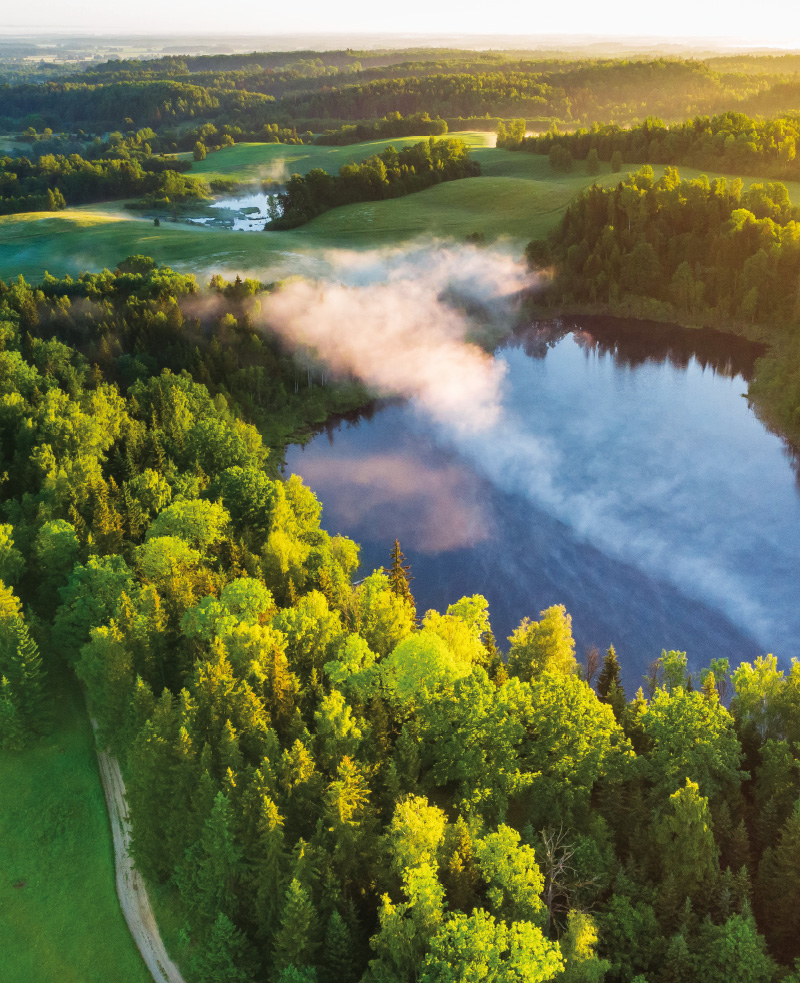Water quality and transport of pollutants in downstream part of the Czech Elbe
The paper presents an analysis of water quality data from the downstream part of the Czech Elbe and the Vltava for the period 1961–2020 and compares it with archive data (reference period 1880–1913). The transport of nitrogen and total phosphorus within the catchment was compared with the output from wastewater treatment plants (WWTPs).
Fishponds as an element of surface waters network – overview, history, function
Historically, fishponds are a part of our landscape and Christmas carp is also a part of our culture. This paper describes the history of fishpond management and the different functions of fishponds – the development of fish production as food, the influence on quality of surface waters, the influence on climate and on hydrological regime of the landscape, and the issue of fishpond sediments – their removal and further use. As there is no general pond register in the Czech Republic, so (as part of the DivLand project) we created the Map of water bodies and fishponds in Czech Republic, based on the ZABAGED (primary base of geographical data
in the Czech Republic). For water bodies with an area over 1.0 ha, a public database (xls) was created; bodies over 5.0 ha were classified into groups (fishponds, reservoirs, flooded areas, lakes). The database also contains accessible data on the quality of fishpond sediments. Fishpond sediments are a favourable material for improving the quality of agricultural soils; problems with their use are mostly technical and economical.
The influence of Prague on water quality in the Vltava and the Czech Elbe
Paper deals with the development of water quality of the river stretch of Elbe between the confluence Elbe/Vltava and the Hřensko/Schmilka on the frontier Czech Republic/Federal Republic of Germany in the period 1980–2020 and with the influence of Prague City on its pollution. After the significant improvement in the period 1985–2000, the quality of water discharged through the profile Hřensko generally complies with the German level at least. Assessment of the transport budgets shows that Vltava river contributes more to the system only as having higher water discharges. Prague City contributes to the pollution of Vltava and Elbe only by discharge of phosphorus, for the rest of common pollution items it functions only as a non-significant source.
Drainage and sewage treatment in Moldova – current state and perspectives
The article provides basic information on the current state of drainage and sewage treatment in Moldova. These data are a summary of survey findings from individual localities (usually cities over 10 000 inhabitants) carried out within the framework of the Czech Republic’s foreign development cooperation project.
The research of water springs in cities
During 2011–2015 we have studied water springs remaining in big cities. The main objective was verifying the possibility of using local springs as local sources of water in risk situations as failures of water or energy supply systems.




